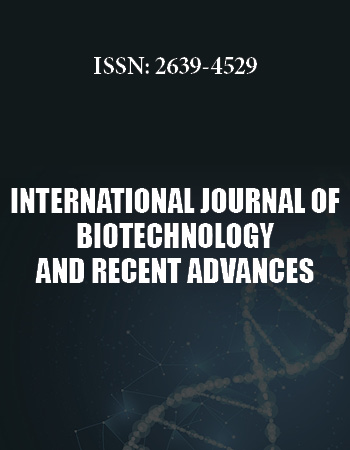International Biotechnology and Research Conference
April 25-27, 2018 Rome, Italy
Immobilization of ARM Lipase for Industrial Use
1Faculty of Biotechnology and Biomolecular Sciences, Universiti Putra Malaysia, Malaysia
2Enzyme and Microbial Technology Research Centre, Universiti Putra Malaysia, Malaysia
3Halal Products Research Institute, Universiti Putra Malaysia, Malaysia
4Faculty of Science, Universiti Putra Malaysia, Malaysia
ARM lipase was isolated from Geobacillus sp. strain ARM, holds many potentials for industrial applications as it is thermostable, organic solvent tolerant, 1,3-regioselective. It prefers medium and long chain fatty acids as substrate. In this study, the enzyme was overexpressed in Escherichia coli system and then purified using affinity chromatography. The purified enzyme was immobilized in gelatinized sago solution and spray-dried by entrapment technique in order to enhance the enzyme operational stability for handling at high temperature and also for storage. The physical characteristic of the immobilized enzyme was studied by scanning electron microscopy, surface area and porosity. The immobilized ARM lipase showed good performance at high temperature. The immobilized enzyme could be stored at for few months without loss of activity. Collectively, the immobilized lipase shows promising capability for industrial use.
Biography:
Raja Noor Zaliha Raja Abd. Rahman obtained her Doctor of Engineering in Molecular Biology from Kyoto University, Kyoto, Japan in 1998. She is currently the Professor and Head of Enzyme and Microbial Technology Research Centre, Faculty of Biotechnology and Biomolecular Sciences, Universiti Putra Malaysia. Raja Noor Zaliha is without any doubt a dedicated researcher, project leader and graduate advisor. This is reflected in the number of Top Down research projects that she has contributed to either as project leader or principal investigator as well as the number of international publications of high impact which are often cited by international investigators. In recognition of her scientific findings, she has been awarded patents, prizes and commendations and has derived personal satisfaction from the success of her graduate students, her participation on national and international governmental projects and not least, having a bacterial species named after her


